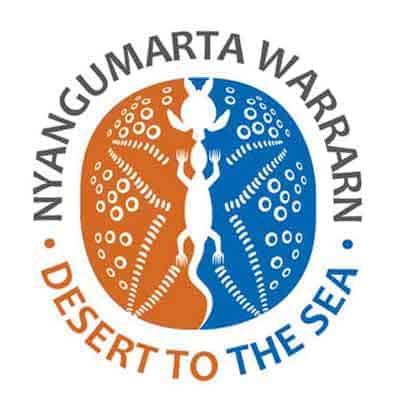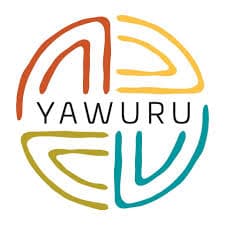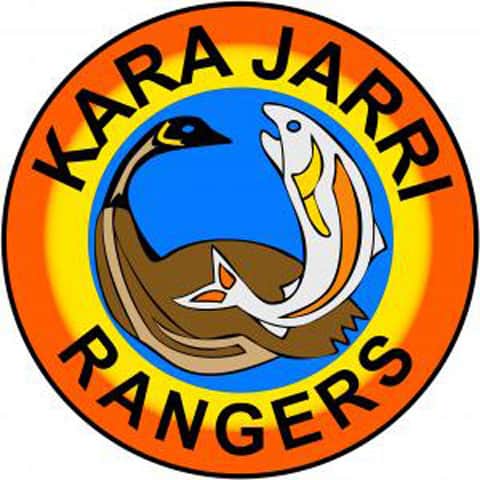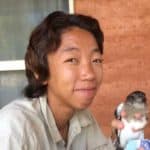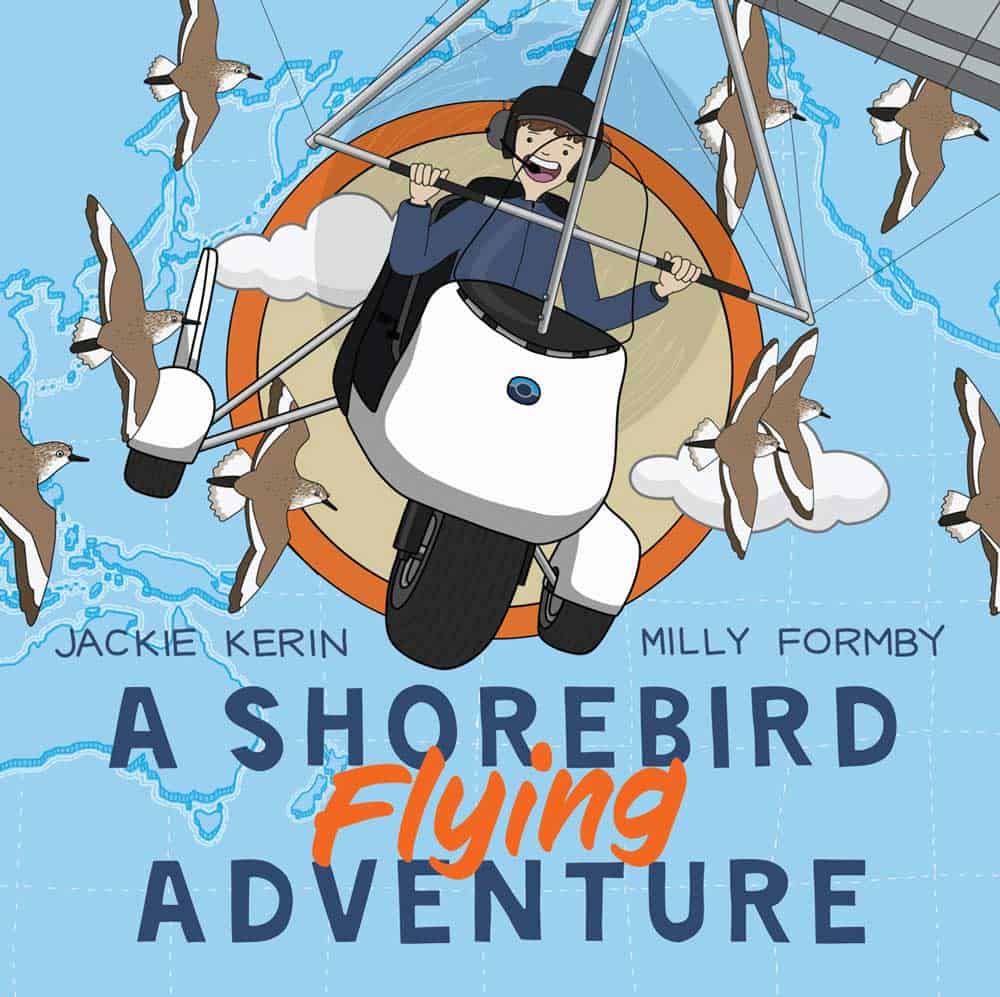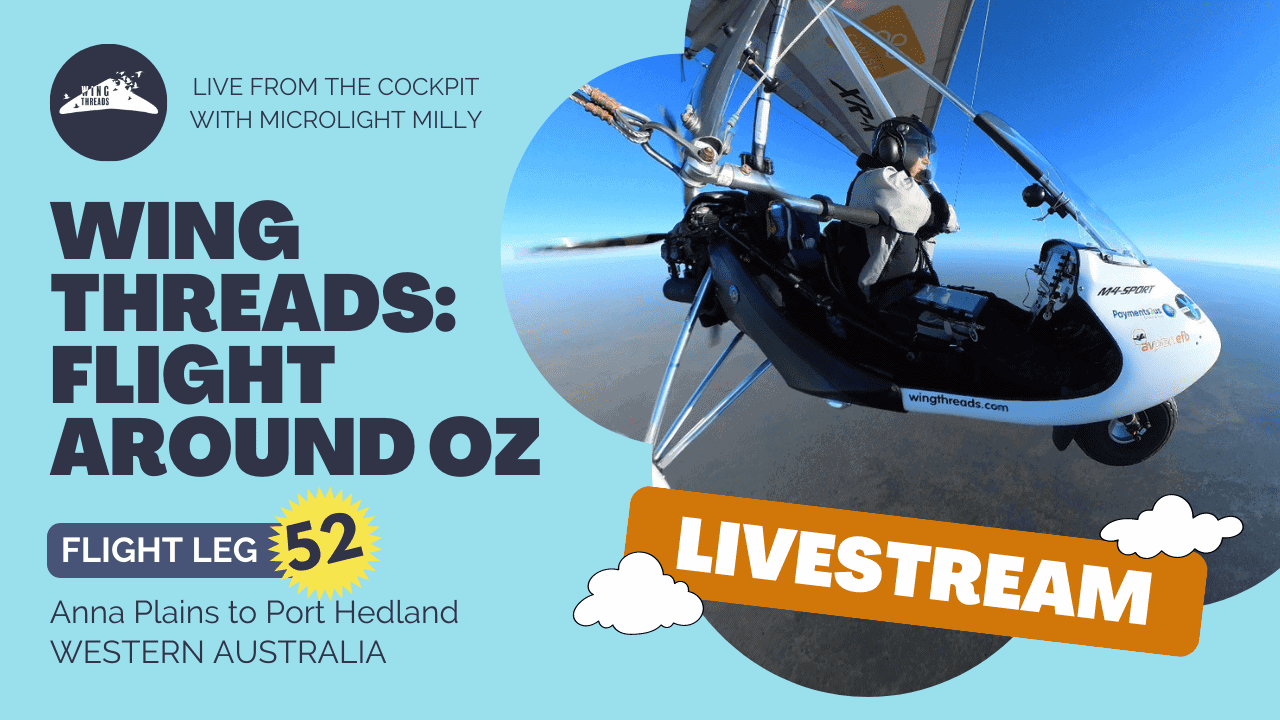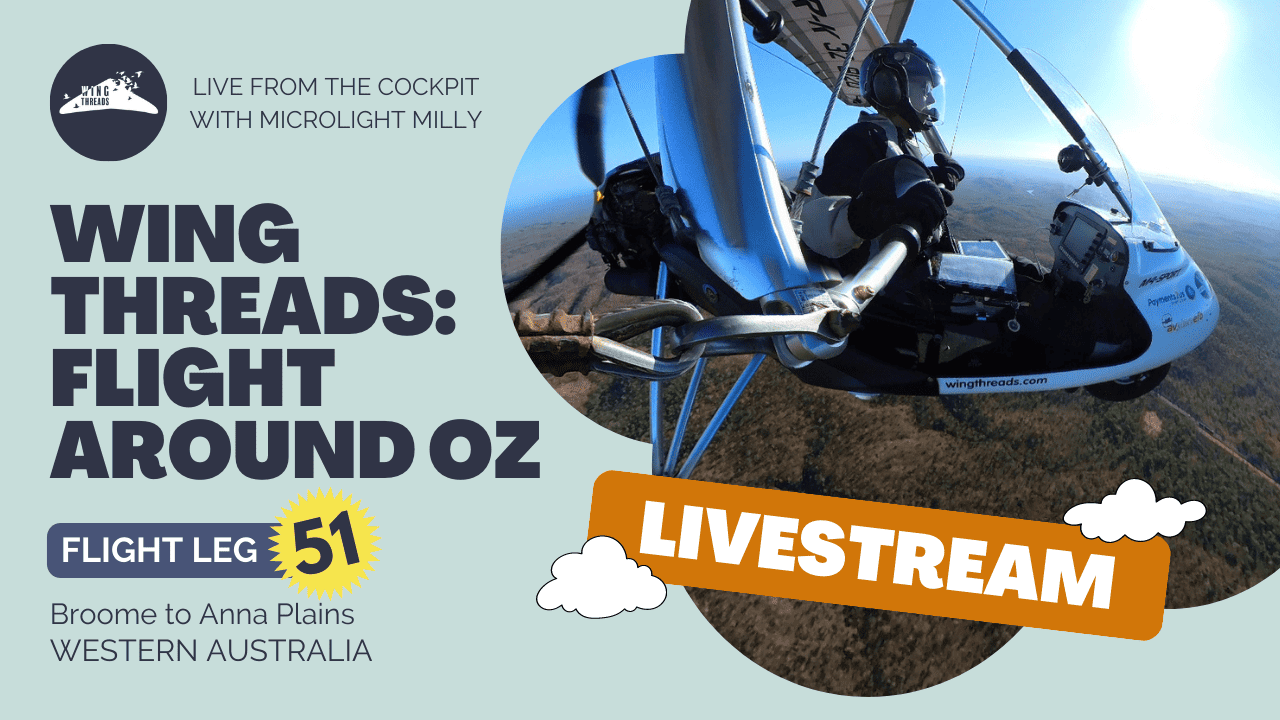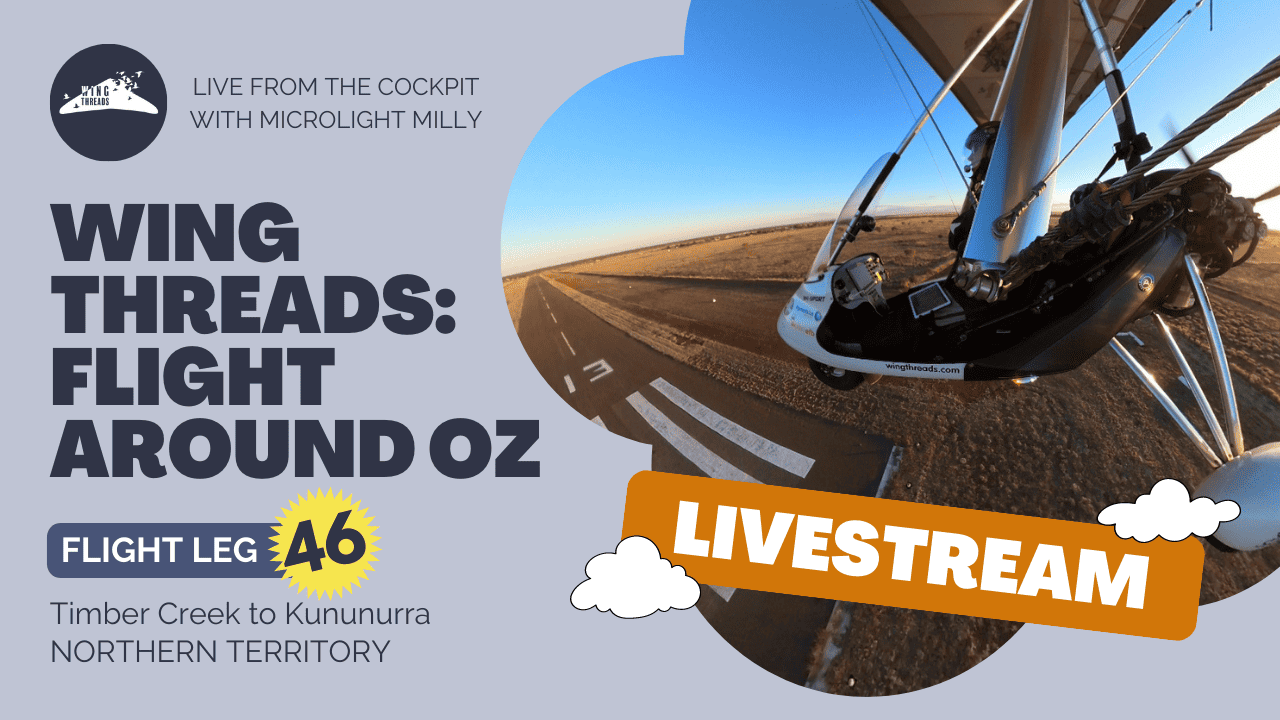Which one is going to come home first?
All three Whimbrels are on their way back home!
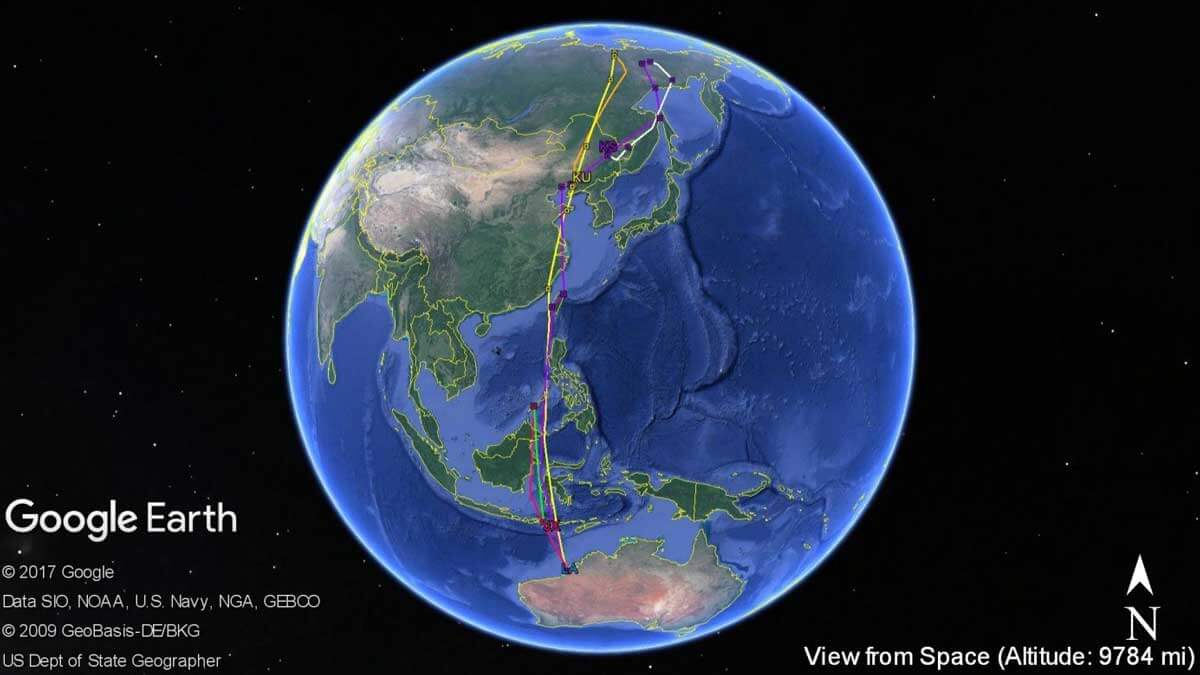

Whimbrel JX
JX, the Whimbrel which didn’t make its way to the breeding ground this season, started its southward migration on 9 Aug 17 after staying in Palawan, the Philippines for 107 days (Figure. 1). After flying south for 1,984km with an average speed of 41.3km/h, JX is currently 46km south-east of Bima City in Indonesia. It is uncertain at this moment whether JX is making a stop or is flying continuously. The next transmission in 2-day time will tell us more.
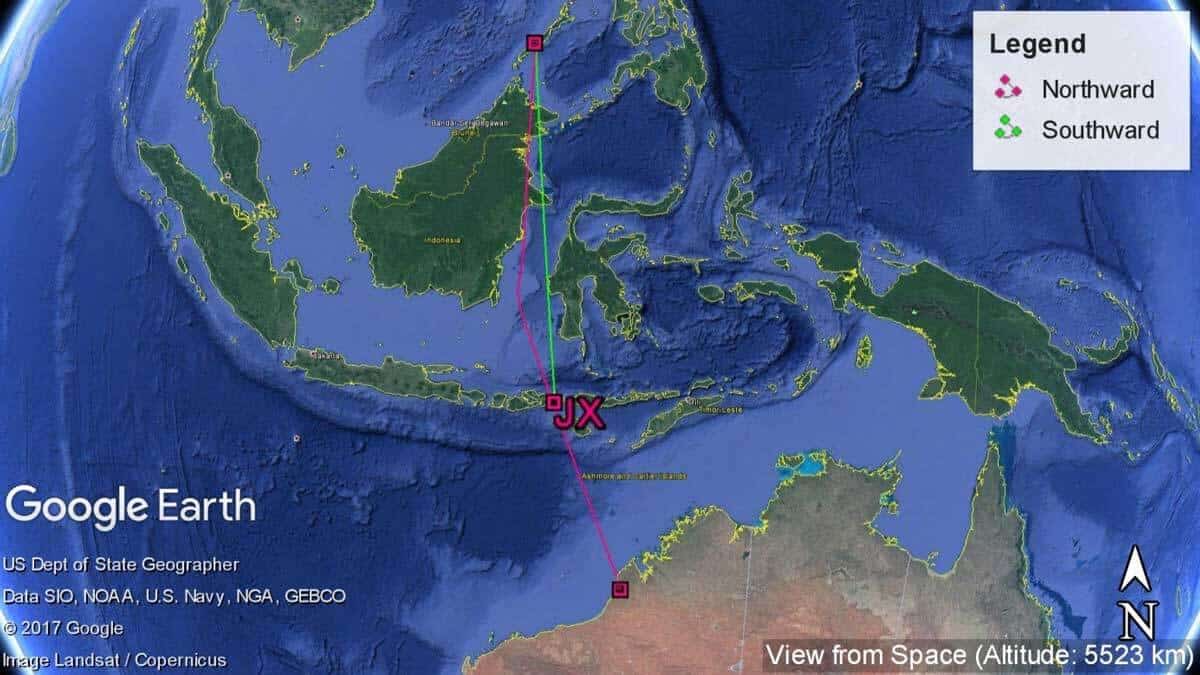
Meanwhile, the other two front runners from the Russian breeding ground have made their first stops in China on their southward journeys (Figure 2.).
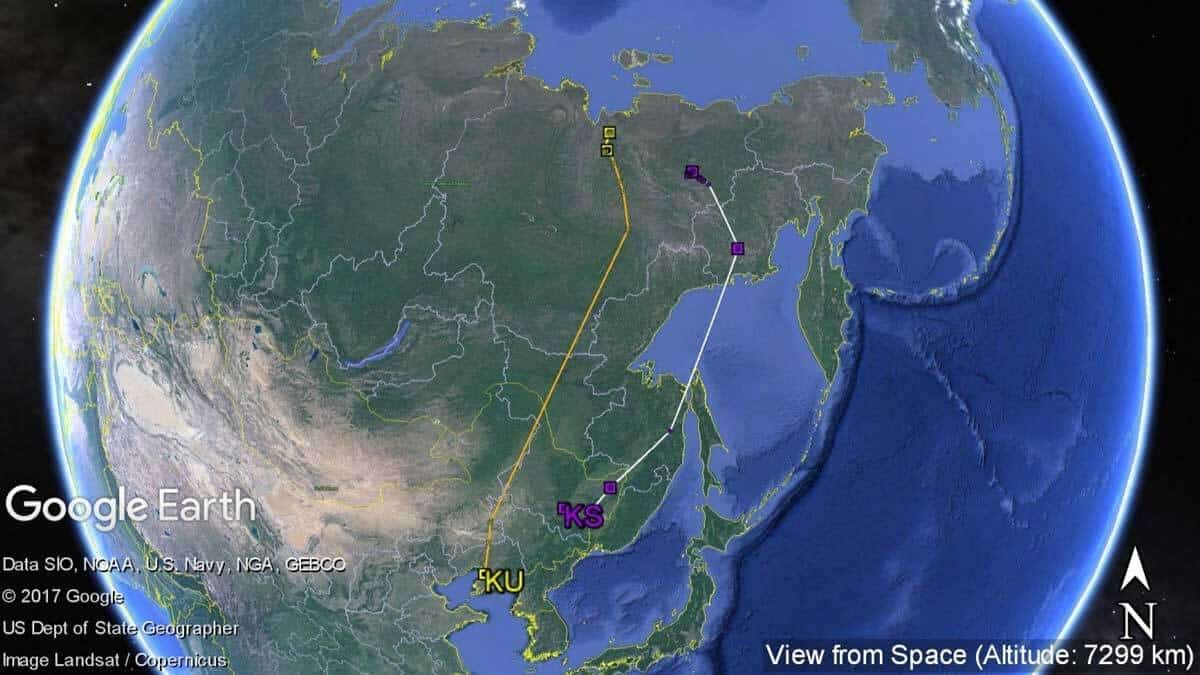
Whimbrel KS
KS crossed the Russian-China border on 3-Aug-17. After landing in Heilongjiang Province, KS flew south-west until it made a north-west turn on 6-Aug-17 (Figure 3.). It is now about 185km east of Harbin City, in a reservoir called Shuanfeng, which means Double Phoenix (Figure 4.). The reservoir was built in 1965 with total area of 175km2 and is associated with the commercial aquaculture of Prussian carp. Satellite image of the reservoir does, however, show that there are extensive mud banks suitable for shorebirds. Could this be a place which KS has visited before hence it suddenly changes its flight direction?
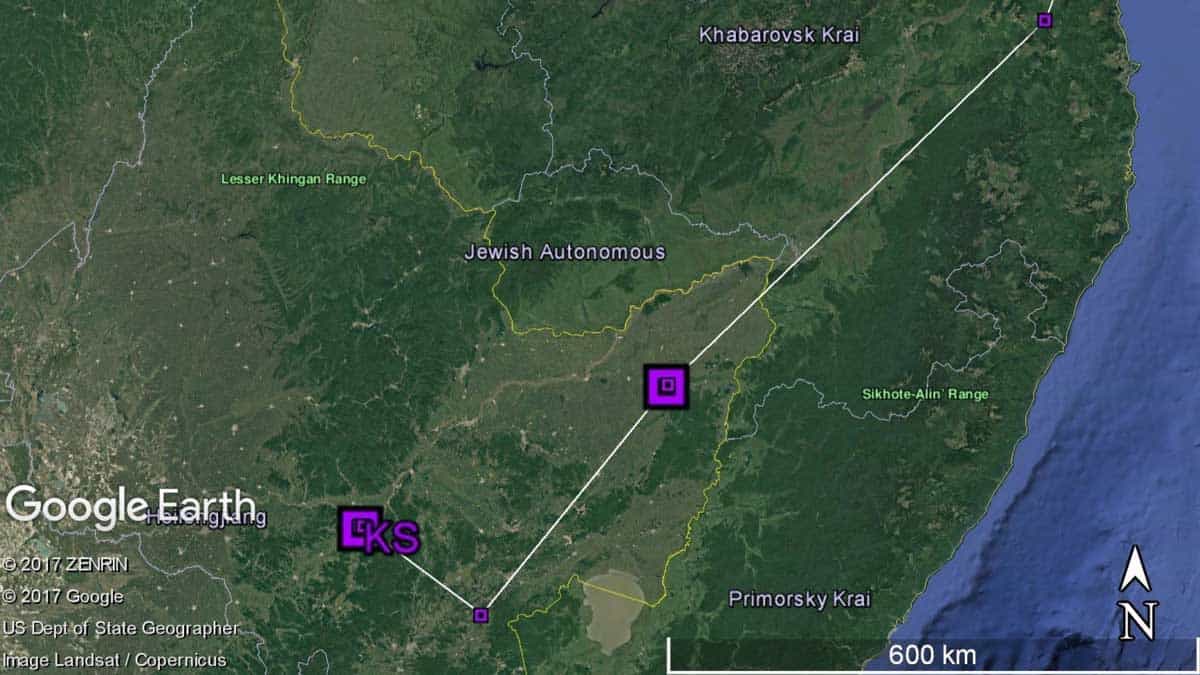
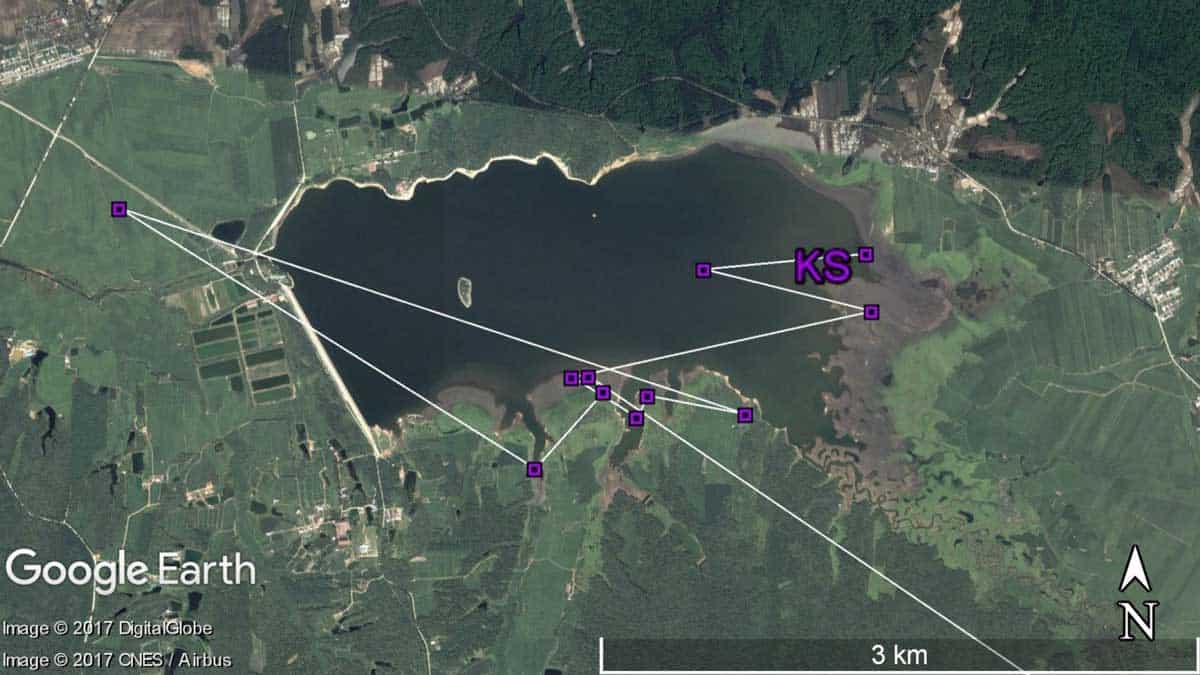
Whimbrel KU
KU made a continuous 4-day flight from Siberia to Liaoning Province, China, with an average speed of 33.7km. It is now at the north-east corner of Bohai Bay near Yingkou, currently utilising aquaculture ponds and mudflat areas (Figure 5.). Yingkou is an unprotected important area for waterbirds with a high count of 53,199 individuals in spring 2016, according to the “Yellow Sea-Bohai Region Coordinated Waterbirds Survey 2016”.
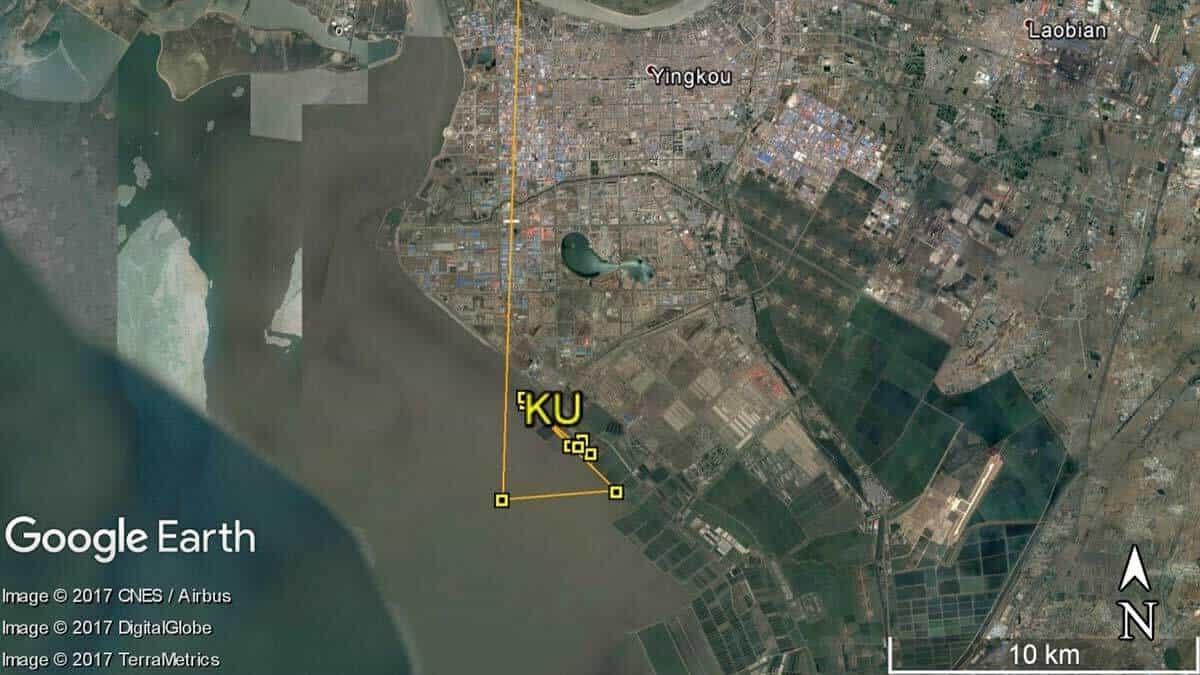
Whimbrel LA
LA has also made a small change in the area it is using in the past month. Compare to using 43-52km south of the beach entrance from Anna Plain Station in the past 6 months, LA has moved to the 33- 40km south area in August.
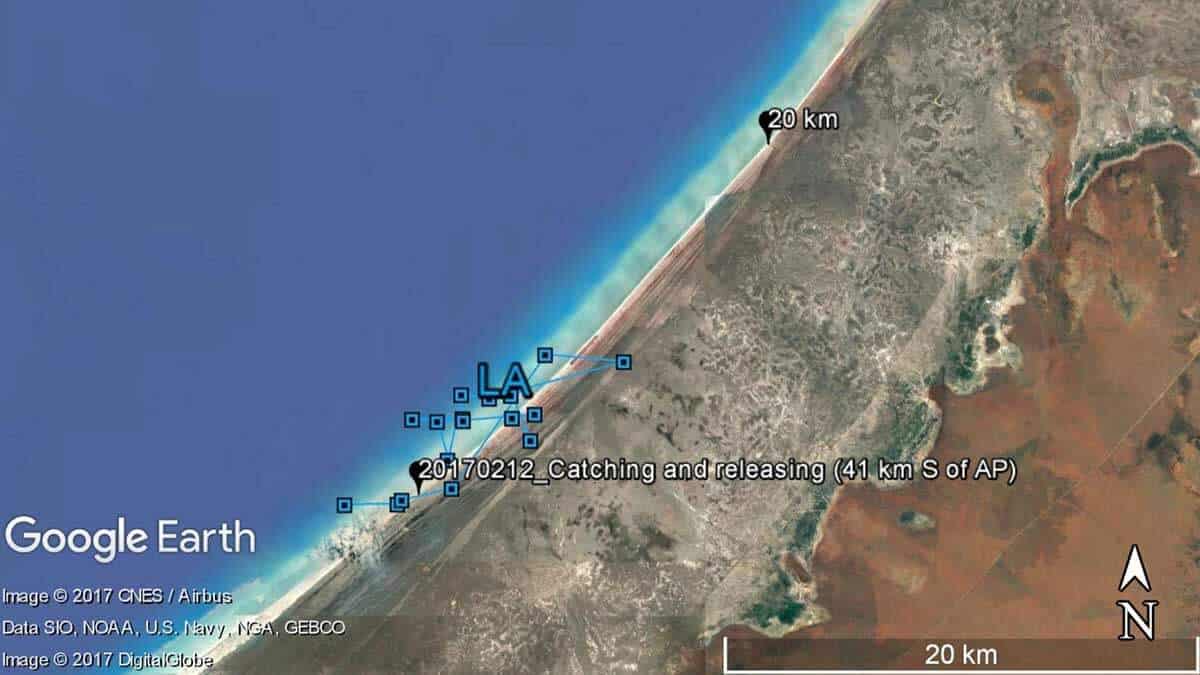
Acknowledgements
Clive Minton
The extensive and expensive satellite tracking program we have set up in NWA has only been possible through the efforts and generosity of a large number of people and organizations. It is difficult to know where to start with the formal acknowledgements so I will list them – but not in any particular order of priority.
- The members of the AWSG NWA 2019 Wader and Tern Expedition and similar NWA expeditions in previous years, are particularly thanked for their efforts in the field in catching, banding and deploying transmitters on a range of species.
- Landowners are especially thanked for permission to go onto their property to enable us to catch various species in order to deploy the satellite transmitters. In particular we thank Anna Plains Station for giving us the freedom to roam over large areas of grazed grassland when counting and catching target species.
- AWSG acknowledges the Yawuru People via the offices of Nyamba Buru Yawuru Limited for permission to catch birds on the shores of Roebuck Bay, traditional lands of the Yawuru people.
- AWSG acknowledges the Karajarri and Nyangumarta people for permission to catch birds to be marked for this project on the shores of 80 Mile Beach, traditional lands of the Karajarri and Nyangumarta.
- The cost of the satellite transmitters, which cost around $5000 each, and the satellite downloading costs (around $1000-1500 per month) have been met by a variety of sources. Private individuals (Charles Allen and Doris Graham) have made most generous individual contributions. Kate Gorringe-Smith and her team of artists involved in The Overwintering Project made a large, generous donation from funds raised during their various public exhibitions. The annual NWA Expedition members, collectively, also provided significant funds each year.

